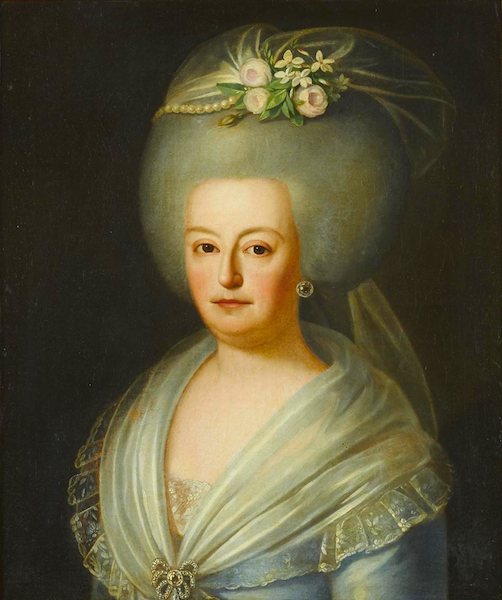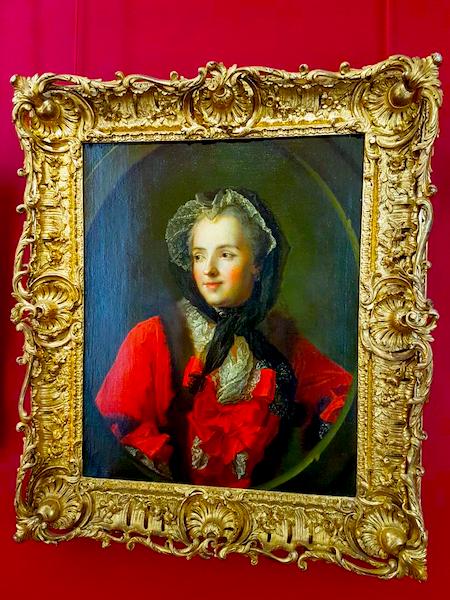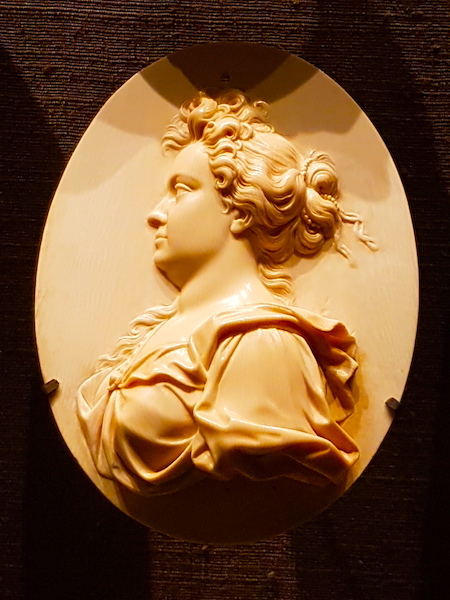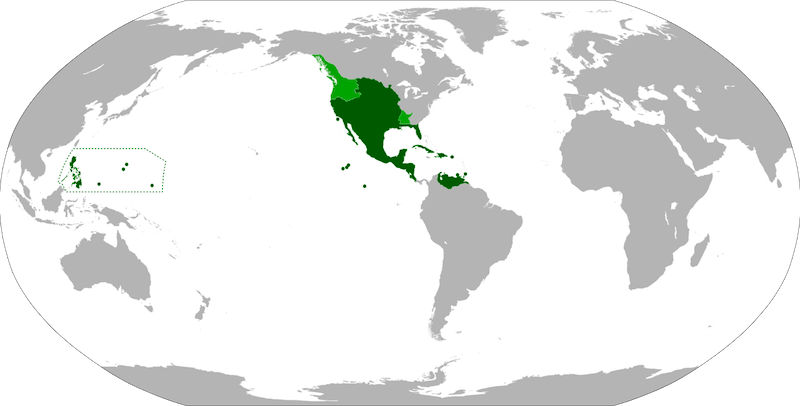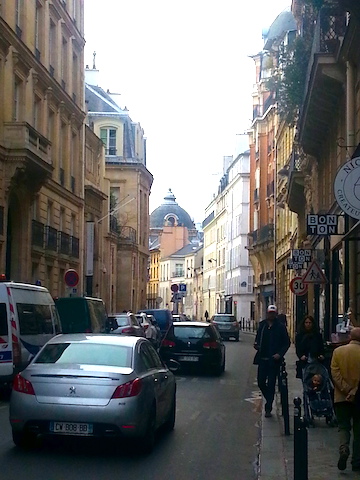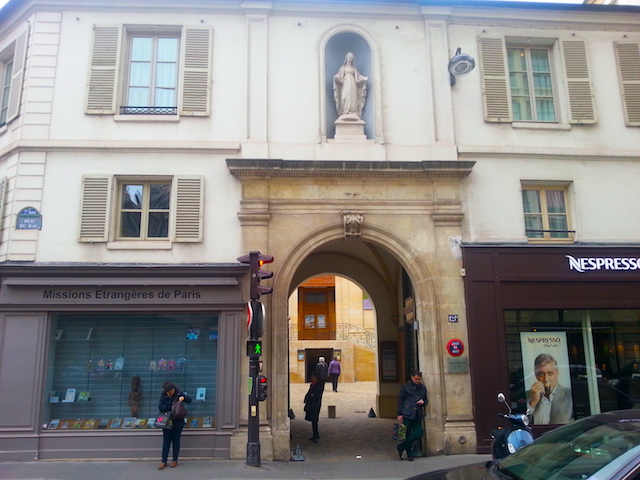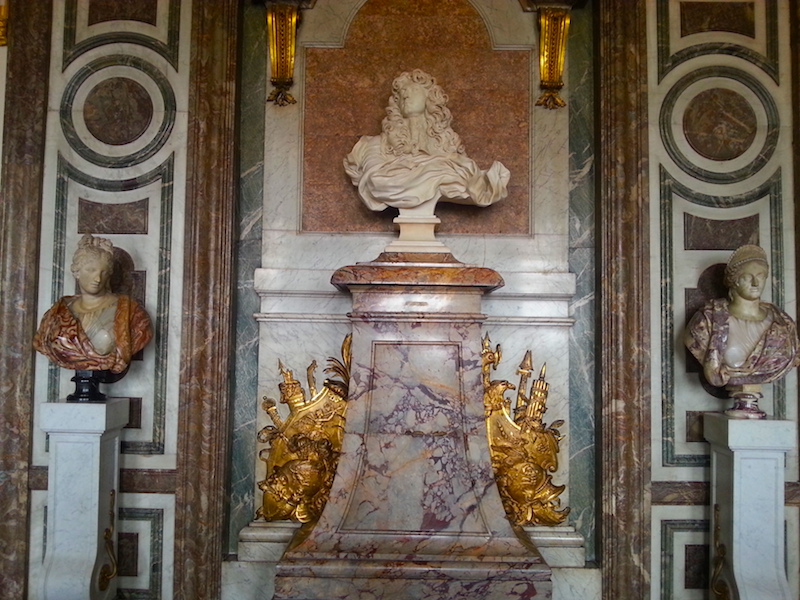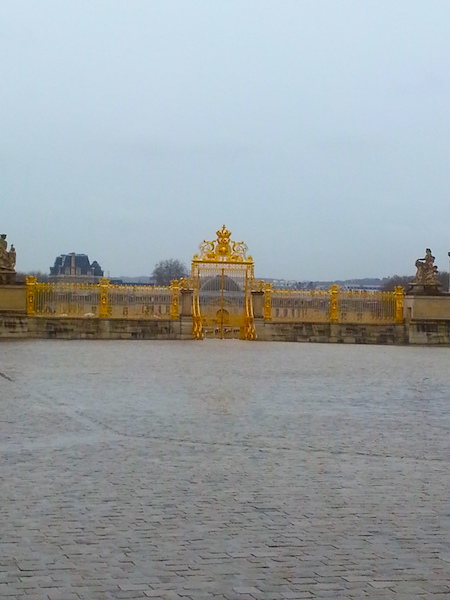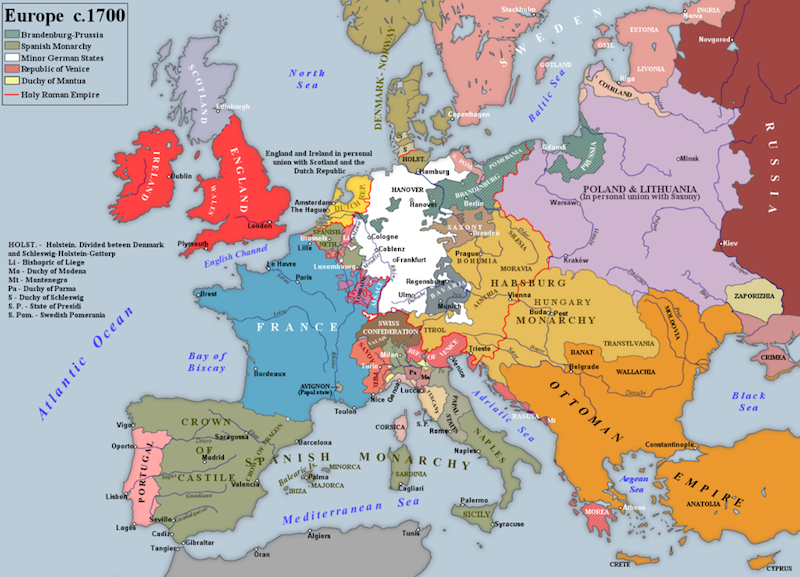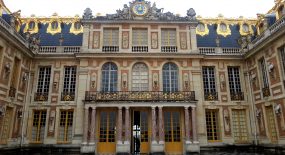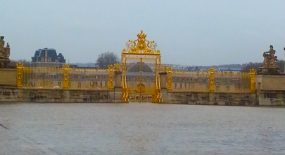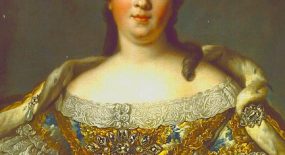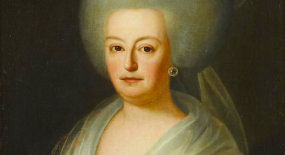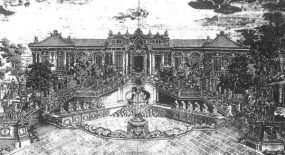Birth of a Portuguese Princess (Who Married Her Nephew) on 25 July, 1746
It was on this day 273 years ago that the Infanta Maria Francisca Benedita of Portugal was born in Lisbon. She was the last born of the children of the then heir to the Portuguese throne, the Infante José, Prince of Brazil, and his Spanish Bourbon wife.
Now pay attention, good reader, because the story might get confusing.
After José became king in 1750, his only surviving children were 4 daughters: Maria Francisca (b. 1734), Maria Ana (b. 1736), Maria Dorotea (b. 1739) and Maria Benedita herself. The middle 2 girls never married, but the eldest and youngest ended up contracting incestuous marriages. Maria Francisca, now heiress presumptive to the throne and titled Princess of Brazil, married her paternal uncle, the Infante Pedro, in 1760. They had 6 children, including 2 surviving sons. The elder of them was the Infante José, Prince of Beira. When he was 15, in 1777, he was married off to his 30-year-old youngest aunt, Maria Benedita. Three days later, King José died, Maria Francisca succeeded as Queen Maria I, and young José became heir to the throne as Prince of Brazil, thus making his wife/aunt Princess of Brazil.
Got that?
Unfortunately, there would never be any children. Maria Benedita miscarried twice, and then her much-younger husband died in 1791. The Queen, already mentally unstable, was completely undone by the death of her beloved eldest son. She was declared insane in 1792 and her younger son, the Infante João, became Prince Regent for the rest of her reign, which ended on her death in 1816.
Maria Benedita, now Dowager Princess of Brazil, was also much affected by her husband/nephew’s death. She lived quietly for the rest of her long life, devoting herself to good works. In 1808, when the court was evacuated to Rio de Janeiro in the midst of the Napoleonic wars, she went along and remained in Brazil until her brother, now King João VI, returned to Lisbon in 1821. In her final years, she founded a military hospital for veterans at Runa, which still exists and where there is a museum in her honour in her former rooms.
Maria Benedita died in Lisbon on 18 August, 1829.


